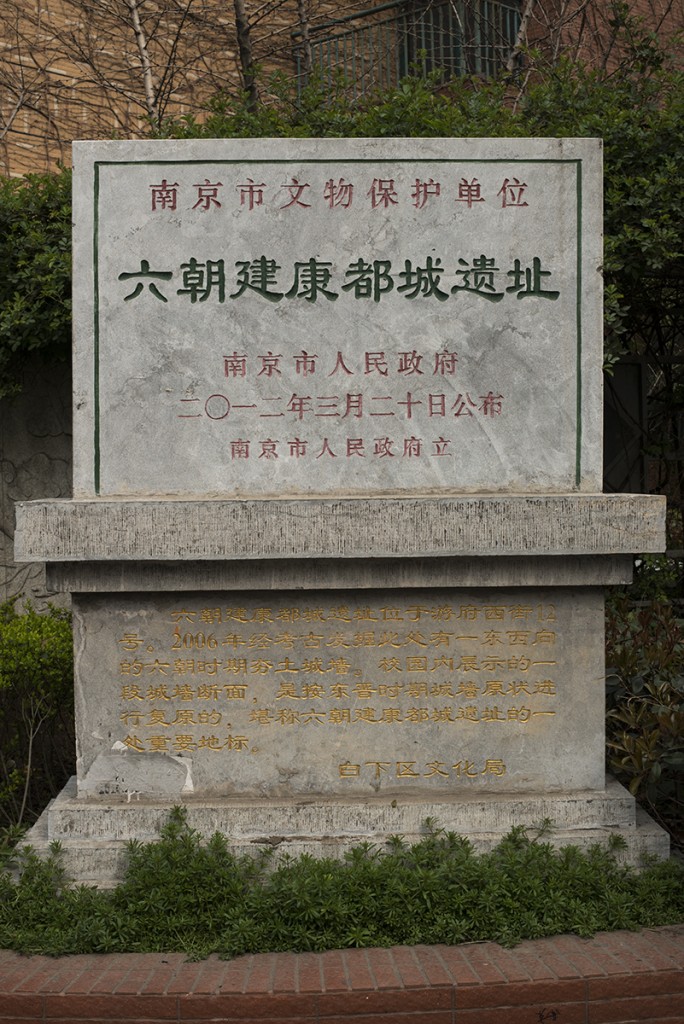
The Six Dynasties 六朝 or 六代 normally refers to the six dynasties that rules in South China from 222 to 589 and were regarded (with the exception of Wu) from the Southern Song as being in the legitimate successions. The six were Wu 吳, Dong-jin 東晉, and the four Southern Dynasties of (Liu) Song (劉)宋, Qi 齊, Liang 梁, and Chen 陳. The six dynasties all had their capitals at present-day Nanjing, which became the center of Chinese higher culture at this time. The city was called Jianye 建業 under Wu and Jiankang 建康 under the other five. The Six Dynasties are sometimes called the southern Six Dynasties to distinguish them from another definition of the term, the northern Six Dynasties (mainly under non-Chinese rule)… . By extension, the term Six Dynasties is often used to refer to both the Southern and the Northern Six Dynasties and therefore to the entire period between Han and Tang. However, the normal term is longer, but more accurate — Wei, Jin, Nanbeichao.
Wei Jin Nanbeichao 魏晉南北朝. The term first emerges in the Northern Song. It refers to the seven dynasties in the legitimate succession that ruled in the period of disunion between the fall of the Han in 220 and the establishment of the Sui in 589.
— from Endymion Wilkinson’s magisterial Chinese History: A New Manual Fourth Edition 中國歷史手冊, Cambridge MA: Harvard University Asia Center, 2015, p.728, with a minor editorial adjustment.

